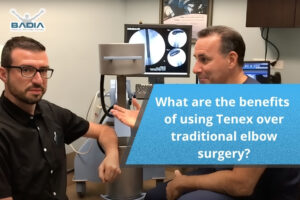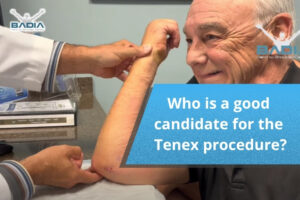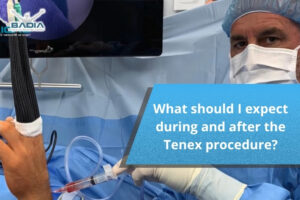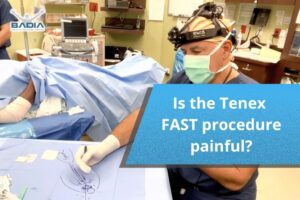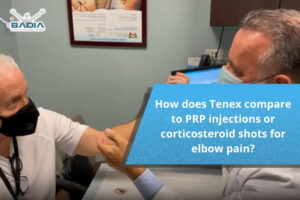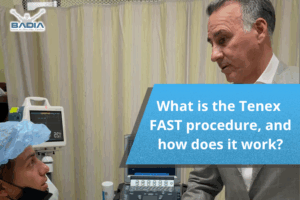
¿Qué es el procedimiento Tenex FAST y cómo funciona?
The Tenex FAST (Focused Aspiration of Soft Tissue) procedure is a minimally invasive technique designed to treat chronic tendinosis and fasciosis. It uses high-frequency ultrasonic energy to remove damaged tissue from tendons without harming the surrounding healthy structures. Under ultrasound

